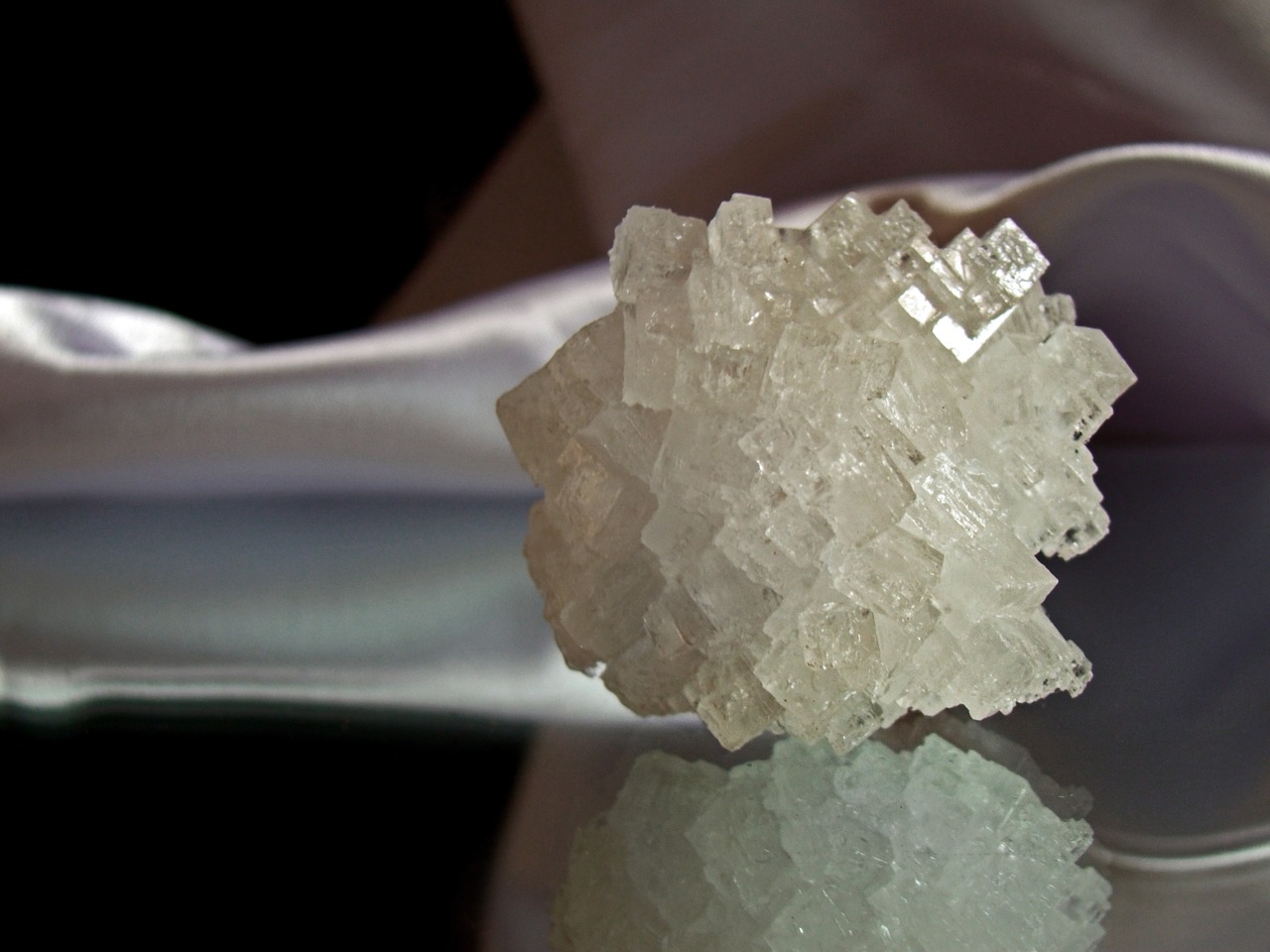Not unlike with different olive oils, I’ve often wondered when looking at a recipe, “Do I really need to use sea salt, or will simple table salt do?”
Firstly, the most important difference between table salt and sea salt that you need to know, for cooking purposes anyway, is that sea salt should be added to food after it has been cooked.
Sea salt, as the name suggests, comes about from saltwater. Creating sea salt involves little processing, allowing it to save ample minerals. However, this procedure is more costly than table salt production, which is why it’s more expensive. Sea salt loses its minerals during the cooking process. So, don’t pay more for its benefits without being aware of how to preserve them.
Table salt is derived from underground salt deposits, is heavily processed, and often contains an additive to prevent clumping; most table salt also contains iodine, which is a good thing.
Appearance-wise, table salt is a lot finer than sea salt, which has significantly larger “flakes.” It’s also a lot more coarse.
Table salt is bleached to give it its white color, while sea salt’s color can vary depending on what body of water it came from, and the mineral and algae content.
Nutrition-wise, table salt and sea salt are basically the same: they both contain at least 97 1/2% sodium chloride. Although, the additives in table salt can cause health problems, which is perhaps why sea salt is advertised as a more healthy alternative.
When it comes to kosher salt, it is more coarse with larger grains like sea salt, compared to table salt. Kosher salt, as says Salt101.com, “contains no preservatives and can be derived from either seawater or underground sources. . .it is particularly useful in preserving because its large crystals draw moisture out of meats and other fats more effectively than other salts.”
Indeed, if you are planning on substituting a different salt for pickling salt during canning you would be better off with kosher salt or sea salt over table. As WhatsCookingAmerica.net says, “anti-caking additives. . .turn pickles dark and the pickling liquid cloudly. Pickles made with table salt would still be good to eat, but they wouldn’t look as appetizing.”
The most important thing to keep in mind when subbing one salt for another, particularly with canning and preserving, is the measuring. Salt101.com explains that because of how fine it is, 1 tsp of table salt contains more actual salt than 1 tbsp of sea or kosher salt.
It should also be mentioned about pickling salt: it dissolves more quickly than other salt, and it doesn’t contain iodine or anti-caking agents.
In conclusion, all salts have relatively the same nutritional value. Table salt is the most common and is best for most recipes. Sea salt and kosher salt have larger grains and are better for salting after food has already undergone the cooking process. Pickling salt, of course, is best for canning purposes.
In addition to the aforementioned and linked to websites, HealthNutNation.com and FoodInJars.com contributed to the proceeding information. Also, RealSimple.com covers a couple more types of salts.
